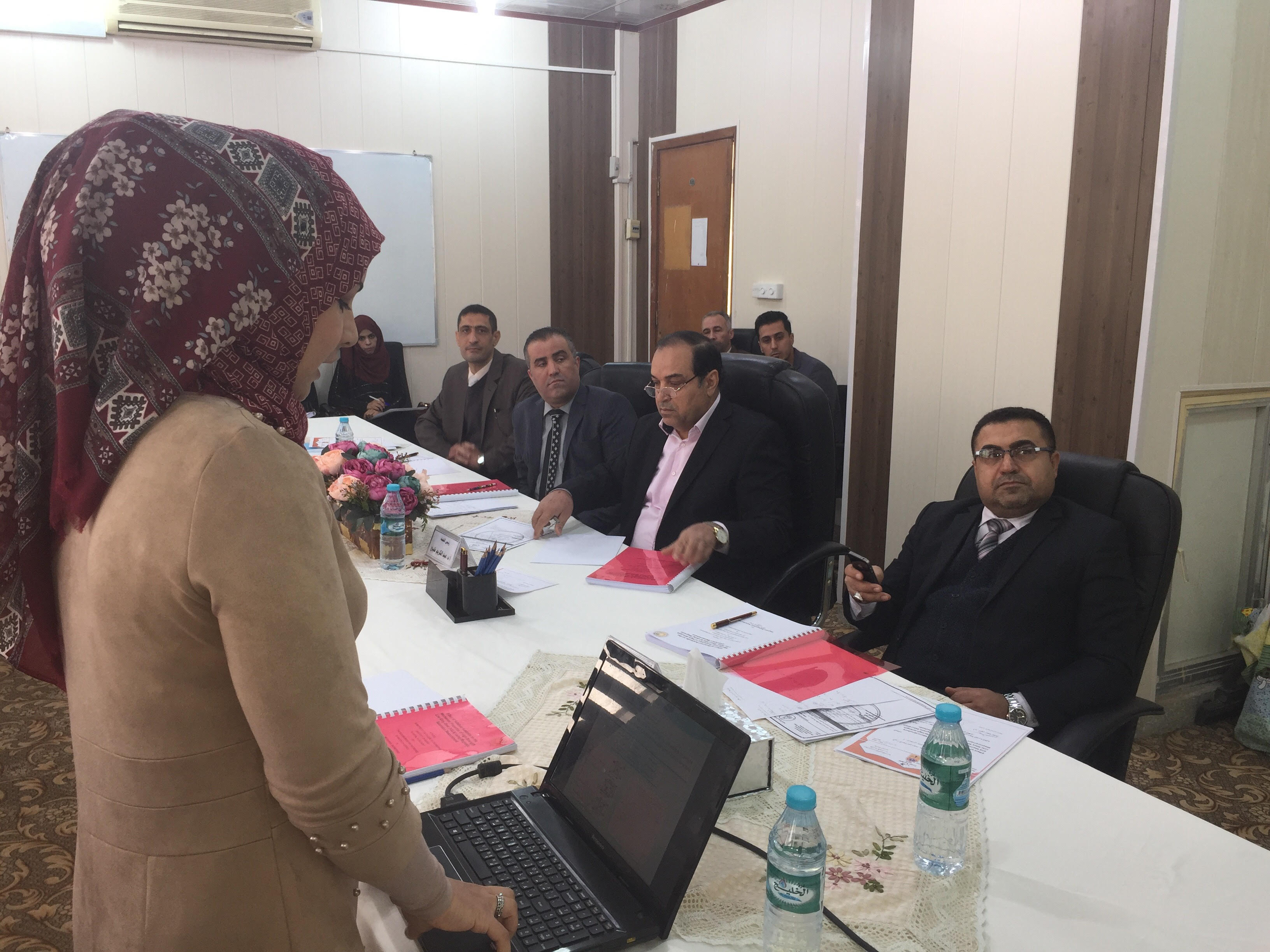A master’s thesis at the College of Engineering, University of Basrah, examined (the effect of residual austenite on the mechanical properties of high-strength alloy steel using the method of magnetic saturation measurements) by student Nagham Muhammad Abdul-Karim.
The thesis dealt with the study of the effect of the mechanical properties and the microstructure of alloy steels with a low alloy content significantly affected by the amount of residual austenite. The amount of residual austenite for a low-content alloy type AISI4340 was practically calculated using two well-known methods, namely, X-ray diffraction method and magnetometry method after carrying out heat treatment processes by heating to different temperatures and quenching in different media.
The hardness was tested using two methods, Rockwell and Vickers, and the effect of residual austenite on the microstructure was studied by two methods, light microscopy and electron microscopy.
The student concluded in her study that the comparison between the two methods showed almost identical results, as it showed that the amount of residual austenite increases with increasing heating temperature (degree of stenosis) and increases with increasing cooling rate. It showed that the hardness values decrease with increasing temperature and that the maximum numbers were found equal to HRB121 and 516.35 HV which were observed when the samples were heated to a temperature of 800 C and then quenched in water.
The results of the tensile tests showed that the increase in the cooling rate leads to an increase in the strength due to the increase in the hardness, which in turn leads to an increase in the values of the yield strength and tensile stress. The results also showed in the low cooling rate that the microscopic structure consists of the bainite phase with the martensite phase with small amounts of residual austenite.








